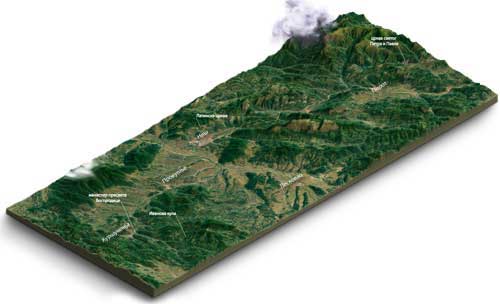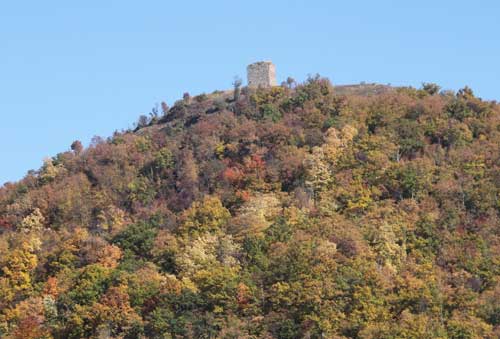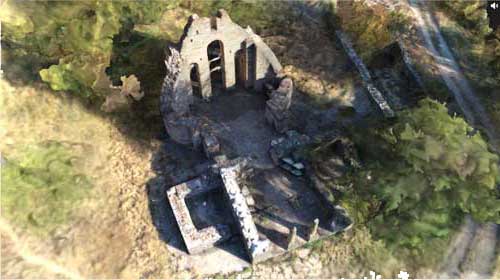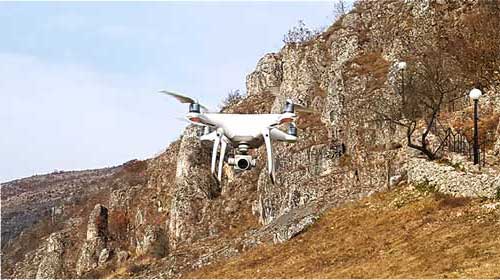Devices
The platform is design to work on a many of desktop and mobile devices and on all operating systems. As an Internet and web platform, it does not require the installation of additional software.
Is the result of the project “Platform for 3D digitization of immovable cultural treasure of Serbia” that was realized by the Faculty of Electronic Engineering with the support of the Ministry of culture and information of the Republic of Serbia
The goal of the project “Platform for 3D digitization of immovable cultural treasure of Serbia” is to make architectural cultural treasure of Southeastern Serbia accessible to a wide public, both national and international. With that aim in mind, the planned activities included the creation of photo-realistic 3D models of the said objects, web page of the project, and the development of web applications that would enable the users to “move” through the digitized objects and observe them from various angles.
Digitization primarily included those objects that were either in very inaccessible terrain with inadequate road infrastructure, or had already suffered some sort of damage. The goal is to use as realistic representation of the current state as possible to mobilize the public to work on their further preservation or restoration. For the initial phase of the project, a certain number of representative objects from the area of Southeastern Serbia were selected, namely: Latin church in the village Matejevac near Nis, Ivan’s tower in Kuršumlija municipality, monastery of the Holy Mother of God near Kuršumlija, Church of Saint apostles Peter and Paul in village Rsovci near Pirot.

The website of the project “Platform for 3D digitization of immovable cultural treasure of Serbia”, apart from the representation of the objects, contains additional information in Serbian and English language. The idea is to learn about each object by providing data such as: when and where it was built, with what intention, what makes it a cultural property as well as some trivia about its surroundings.


The selected objects were recorded from the air (using an unmanned aircraft) and their interior (where possible) was recorded using a camera with a 360 degree shooting angle. Based on a large number of recordings from all angles, a faithful 3D reconstruction was performed. The resulting 3D model was used for the creation of a graphic application, which enabled easier manipulation of digital objects and their simpler presentation on the internet. Optionally, this application can be adjusted to be used with the appropriate equipment for the virtual reality.

The idea was to use aerial footage to create a 3D model, and then to use the procedures such as retopology, mapping, texturing and lightening in order to transfer it into a graphic surrounding that enables the making of web portals and applications. A 3D model designed in this way is not only faithful to the original, but can also be observed from all angles, which is often impossible in the real world.
The vision of the project is to present the entire immovable cultural heritage of Serbia in a similar way in the future. If the existing registry of cultural properties could contain not only a list thereof, but also links to the 3d visual representations of the said objects, that would be very significant.
The platform is design to work on a many of desktop and mobile devices and on all operating systems. As an Internet and web platform, it does not require the installation of additional software.
Moreover, it should support all kinds and sizes of screens, as well as various types of input/output devices, from keyboards and mice, through touch-sensitive screens, all the way to virtual reality glasses.
For such a task it is best to use as simple and as universal tool and language as possible. That is why the website was realized using java script combined with HTML5 and CSS3 language. Java script library with 3D game-engine functions was also used.